The year was 1994. Grime as a musical genre didn’t exist as it does in the present day, with rappers as renowned as Drake tapping into it for feature length albums (2017’s “More Life”), but it was there, waiting to be discovered, in the least likely of places. Before we get into that however, let’s answer the question: what is grime?
Grime is defined as “a form of electronic dance music that emerged in London in the early 2000s,” which is “typified by rapid, syncopated breakbeats, generally around 140 beats per minute, and often features an aggressive or jagged electronic sound.”
Grime’s roots can be traced to UK garage (essentially electronic club music of the 90s/early 2000s and a precursor to dubstep), jungle, dancehall and hip hop; its formative songs are associated with artist/MCs Wiley and Dizzee Rascal, with its first instrumental being attributed to Youngstar’s “Pulse X.”
There’s one problem with all the information I just relayed, however.
With all due respect to Wikipedia and grime historians across the globe, there’s an integral figure that’s been omitted from grime music’s nascency: Wolverine from the Marvel Universe, who was shredding his enemies to straight dutty grime all the way back in 1994 (a whole six years before Wiley or Youngstar). That’s right, one of the most popular X-Men characters of all time had a hand in grime music’s formation, bub.
More specifically, a few select songs from the soundtrack of Wolverine’s 1994 solo outing for the SNES and Sega Genesis consoles — a side-scrolling, platform-action game entitled Wolverine: Adamantium Rage.
Go back and listen to the songs linked above and then fire up what might be the best example of Wolverine: Adamantium Rage’s soundtrack being proto-grime: a staccato-chained, squarewave bassline barraging, eskibeat bombardment of a track entitled “Tri-Fusion,” the music for the game’s second boss.
When you’re done grasping how hard that sh– slaps, you’ll also notice a startling congruity; Tri-Fusion isn’t just a beat which tangentially touches upon some of the attributes and style of grime — it’s one which bears all of of the genre’s distinguishing characteristics and all of its raw, dark, gritty energy. “Tri-Fusion” is grime. So who put together such a badman riddim? Was it an uncredited appearance from some grime pioneer dabbling in video game soundtracks to scratch some curious itch?
Technically, no. The man behind the Wolverine: Adamantium Rage soundtrack was Dylan Beale, a man who’s not just renowned these days for video game music, but for video game development as well; he’s now Development Director at Wargaming UK and has credits such as Director for Constantine for the Playstation 2 to his name.
Despite Wolverine: Adamantium Rage being Beale’s first musical endeavor involving a video game, he was no stranger to the music scene in London at the time. Before that he’d spent many years working in record shops in North London during the day and writing, producing and releasing underground dance music at night, the latter of which was done under the moniker Rude & Deadly, Beale’s ‘90s jungle music duo.
Perhaps even more impressive than the fact that Wolverine: Adamantium Rage was able to craft such an ahead of its time soundtrack in his first video game outing was the space, or lack thereof, with which he was able to pull it off.
“When we were making drum n bass tunes we had 2 or 3MB to work with, but the video game company [Acclaim] only gave us 200KB,” explained Beale in an interview with SBTV. “I mean, I’ve sent emails that are bigger than that. It’s a mind-bogglingly small amount of space considering I had to do all the voice samples, all the sound effects and all the tunes. I basically sampled an orchestral stab and the bass, a hi hat, snare, a few things like that, then I had to trim them down to minute sizes.”
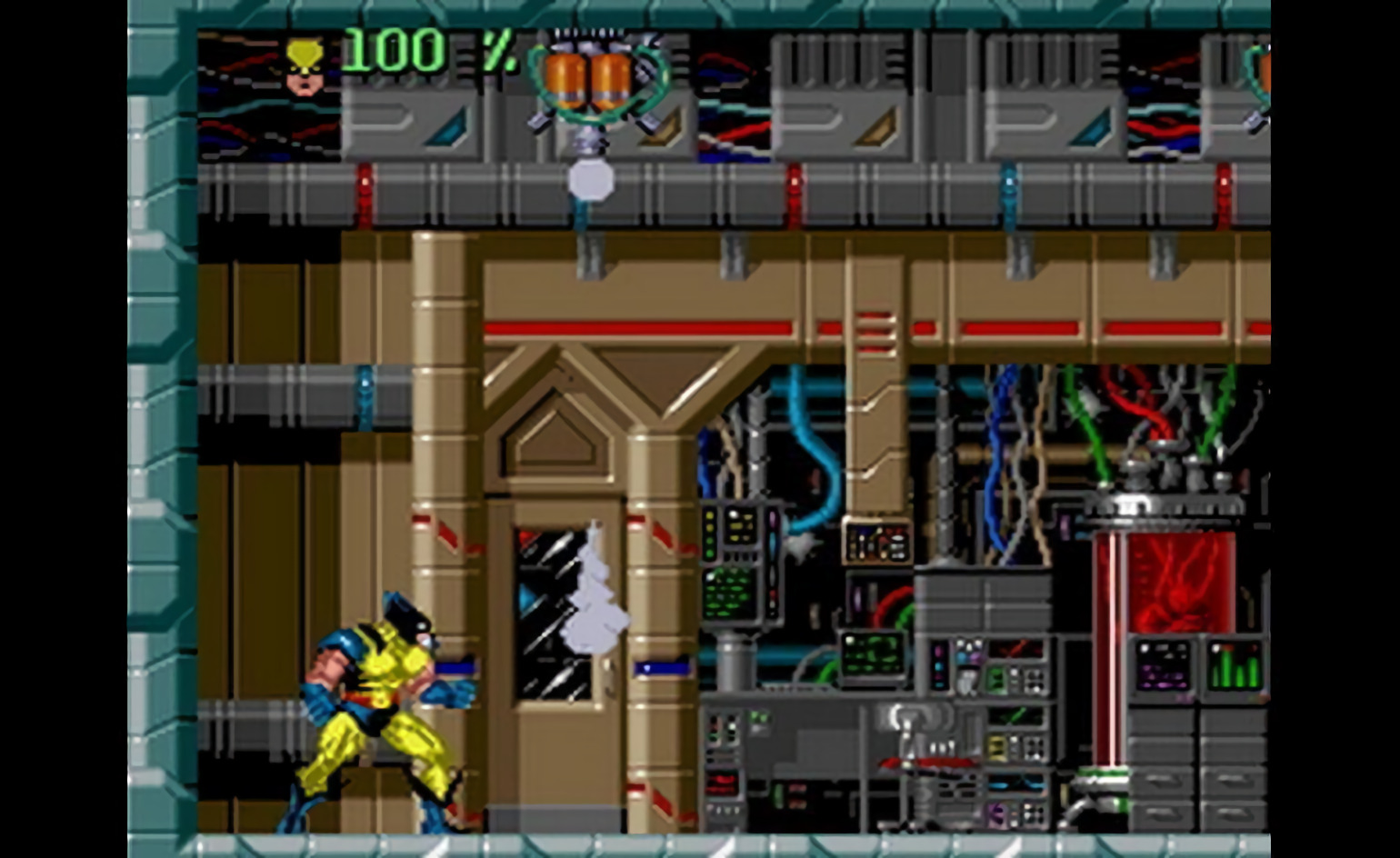
Acclaim/LJN
In retrospect, this size limitation was the very double-edged sword (or should that be adamantium claw?) which made the soundtrack for Wolverine: Adamantium Rage the birthplace of grime.
“I used a program called Sample Vision which meant I could get them down to tiny sizes and then reduce the quality right down,” Beale added, “which gives it that really dirty horrible sound. Back then everybody was after quality and polishing up the sound, but now everyone wants to go back to that really dirty digital sound.”
So how does the soundtrack for Wolverine: Adamantium Rage sound with an actual grime lyricist on some of the beats?
Here it is overlaid with Tempa T’s “Next Hype.”
Beale himself shared his reaction to the remix. “I listened to this earlier and I nearly fell off my chair laughing, it’s so f—ing good. I need this in my life. It’s absolutely brilliant… If you look at the comments on the YouTube videos of the Adamantium Rage soundtrack then some of them are hilarious, people saying it’s the greatest music they’ve ever heard and the soundtrack to their childhood.”
Click the link if you’re interested in listening to the Wolverine: Adamantium Rage soundtrack in its entirety. Some more standout tracks aside from “Tri-Fusion” include “Destroyer Program” (13:25), “Lady Deathstrike” (20:55), “Geist” (25:32) and “Japan” (16:39).
Do you think the soundtrack for Wolverine: Adamantium Rage is the birthplace of grime music? At the very least, do you agree that the soundtrack bops? Sound off in the comments.
Special thanks to The Sound Architect UK for their interview with Dylan Beale regarding his work on the Wolverine: Adamantium Rage soundtrack.
Ninja Gaiden was my rite of passage at an early age. After finally beating that game (and narrowly dodging carpal tunnel) I decided to write about my gaming exploits. These days I enjoy roguelikes and anything Pokemon but I'll always dust off Super Mario RPG, Donkey Kong Country and StarFox 64 from time to time to bask in their glory.




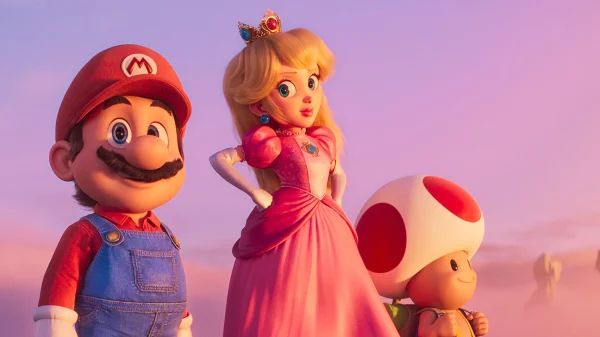
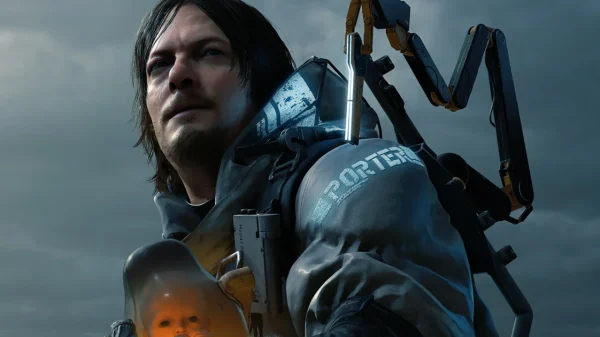


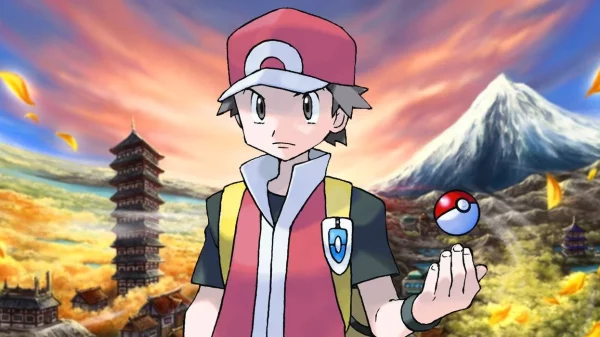


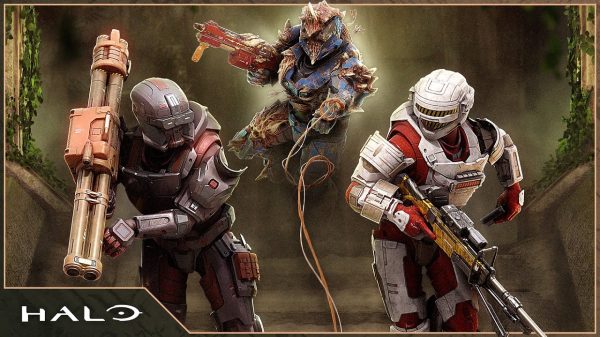

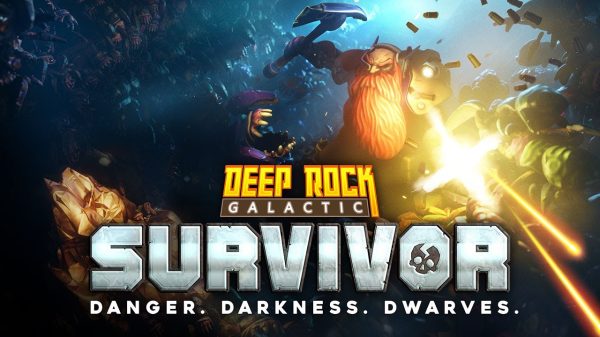




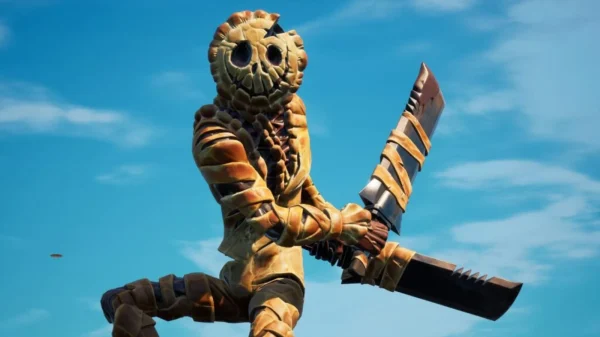
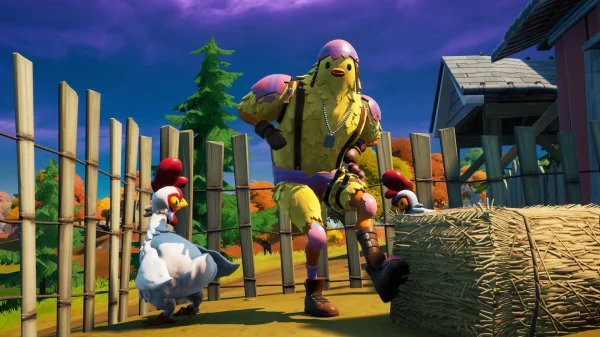

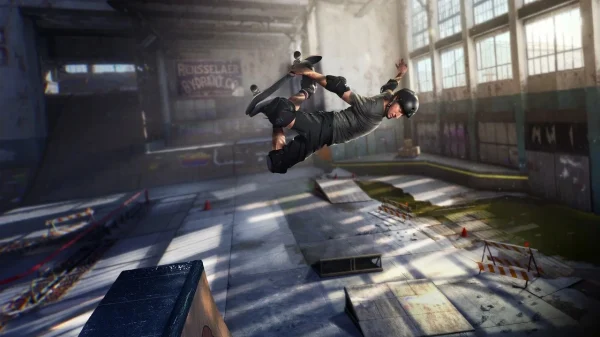






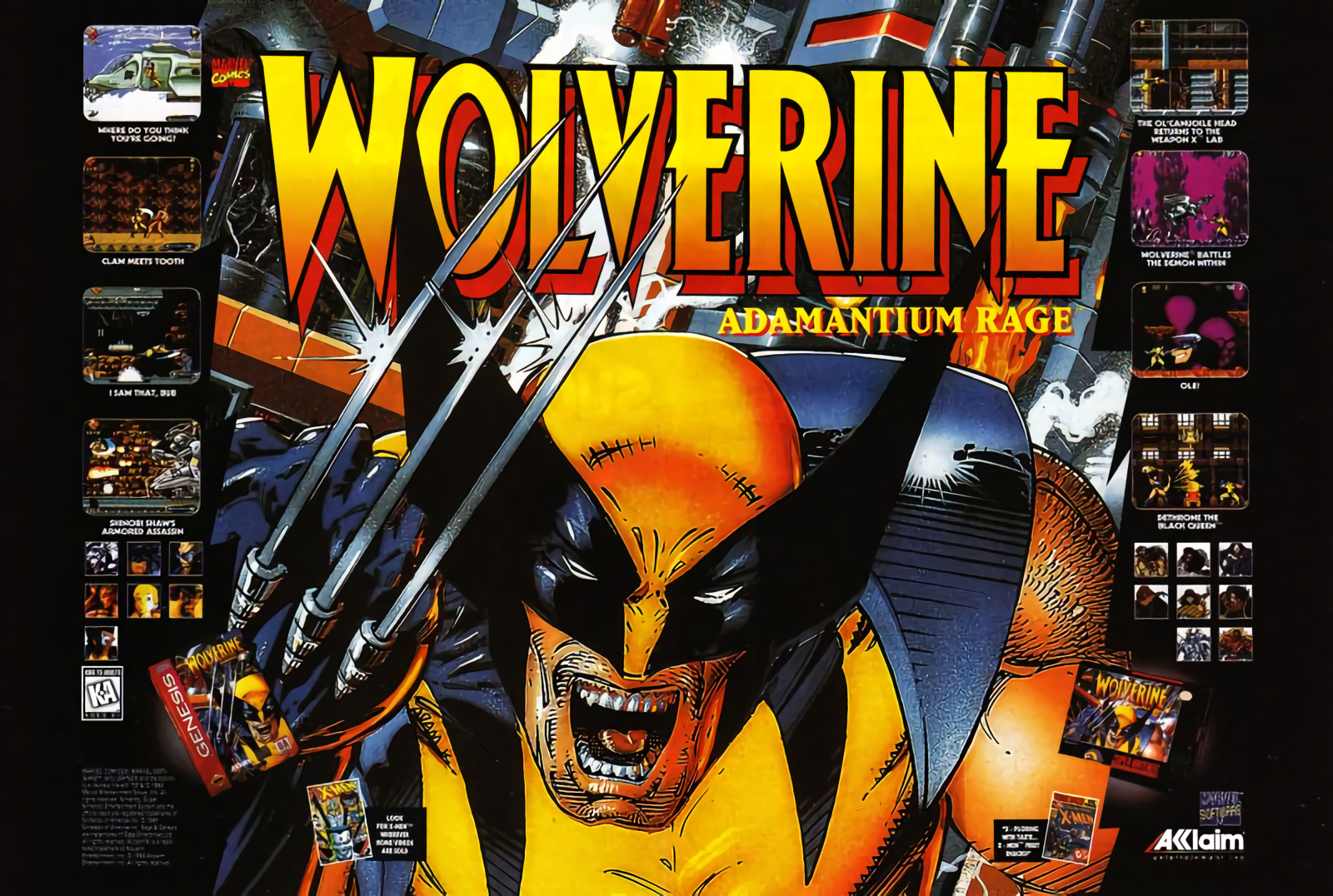
You must be logged in to post a comment Login